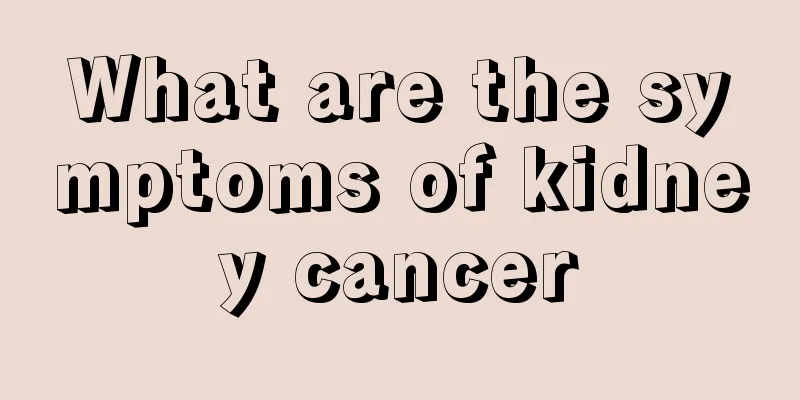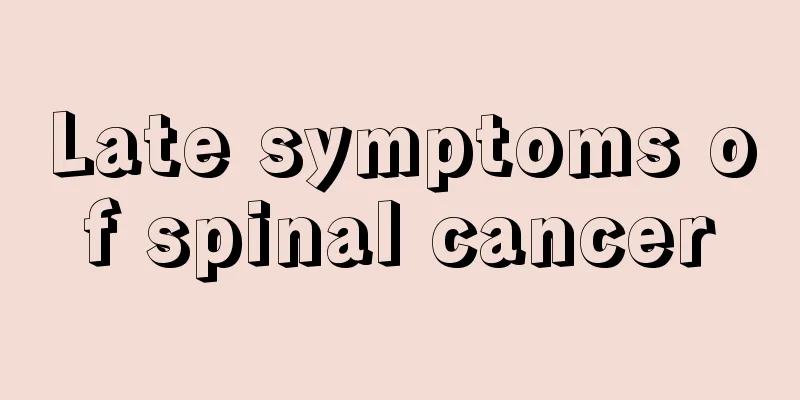What are the consequences of cervical deformity

|
Cervical spondylosis has become a relatively common phenomenon in modern times, and it is becoming more and more common among younger people. It is mainly related to the living habits of modern people. Long-term bowing of the head, excessive work pressure, cervical spondylosis, etc. can all cause cervical spondylosis. Severe cervical spine diseases can lead to paralysis, bowel and bladder dysfunction, dysphagia, and even hypertension, so they should be taken seriously. 1. Paralysis: In clinical practice, patients with cervical spondylosis who do not receive timely treatment for cervical spondylosis, mainly of the spinal cord type or mixed with other types of cervical spondylosis, will suffer from spinal cord damage, which leads to paralysis clinically. 2. Abdominal distension and constipation: In clinical practice, many cases of cervical sympathetic nerves being stimulated and damaged lead to increased nerve excitability, which can slow down gastrointestinal motility and eventually cause abdominal distension and constipation in patients with cervical spondylosis. This is mainly because in clinical practice, when tissues such as the dura mater are stimulated and compressed, the sympathetic nerve reflex will cause gastric discomfort and even cause autonomic dysfunction. 3. Difficulty swallowing: Clinically, patients with cervical spondylosis will have the sixth cervical vertebra adjacent to the upper end of the esophagus. Clinically, hyperplasia occurs, which will stimulate or even compress the esophagus, causing esophageal edema and surrounding inflammation, and causing a foreign body sensation when eating. 4. Hypertension: In clinical practice, many patients with cervical spondylosis will suffer from "cervical hypertension". This is because aseptic inflammation caused by cervical dislocation injury or transverse process displacement caused by cervical dislocation can lead to cerebral vasospasm and cause continuous increase in blood pressure. Clinically, the fourth nerve root is stimulated by cervical bone hyperplasia, causing heart discomfort and tachycardia. Cervical spondylosis is a common underlying disease, which is mostly related to long-term working with the head down and sitting for long periods of time. Compression of blood vessels and nerves can cause symptoms such as dizziness, chest tightness, and numbness of the limbs. People with cervical spondylosis can be treated with traditional Chinese medicine methods such as electrotherapy, traction, massage, and blockade. |
<<: What is the cause of the lumps on the cervical spine
>>: Is cervical spondylosis prone to occur in summer?
Recommend
Detailed explanation of the main causes of gastric cancer
The incidence of gastric cancer is currently quit...
Treating Gallbladder Cancer with the Principle of Strengthening the Body and Reinforcing the Roots
Traditional Chinese medicine believes that the fo...
It is important to prevent pancreatic cancer
Pancreatic cancer is one of the common digestive ...
What to do if your feet are sweaty and slippery when wearing sandals
There are many girls who love beauty very much. I...
What's the matter with acne around the nose
It is very common to get acne in life. Eating spi...
What are the examination methods for endometrial cancer?
The examination method for endometrial cancer is ...
Can tampons be used by virgins?
In my country, sanitary napkins are good companio...
What does koilocyte mean
Knocking out cells is a common medical term. It i...
How to play chess
As people's living conditions have improved, ...
What causes cholangiocarcinoma? Pay attention to these aspects
Cholangiocarcinoma is a type of primary liver can...
Should I take zinc supplement before or after meals?
Many babies lack some trace elements in their bod...
Will eating onions during pregnancy affect the fetus? What to eat during pregnancy?
Onion is a food that contains many nutrients, and...
When is the best time for children to sunbathe?
Newborn babies are definitely the focus of protec...
Are white spots on the front and back of the chest a precursor to stomach cancer?
Generally speaking, white patches on the chest an...
What are the magical uses of orange peel
Maybe many of us throw away the orange peel after...









